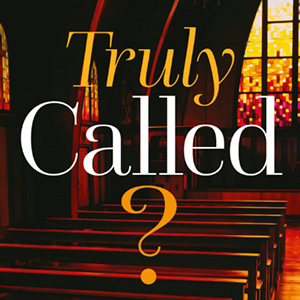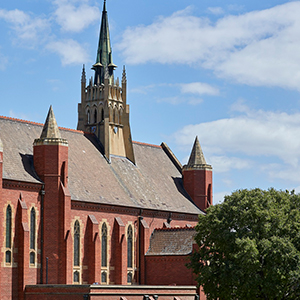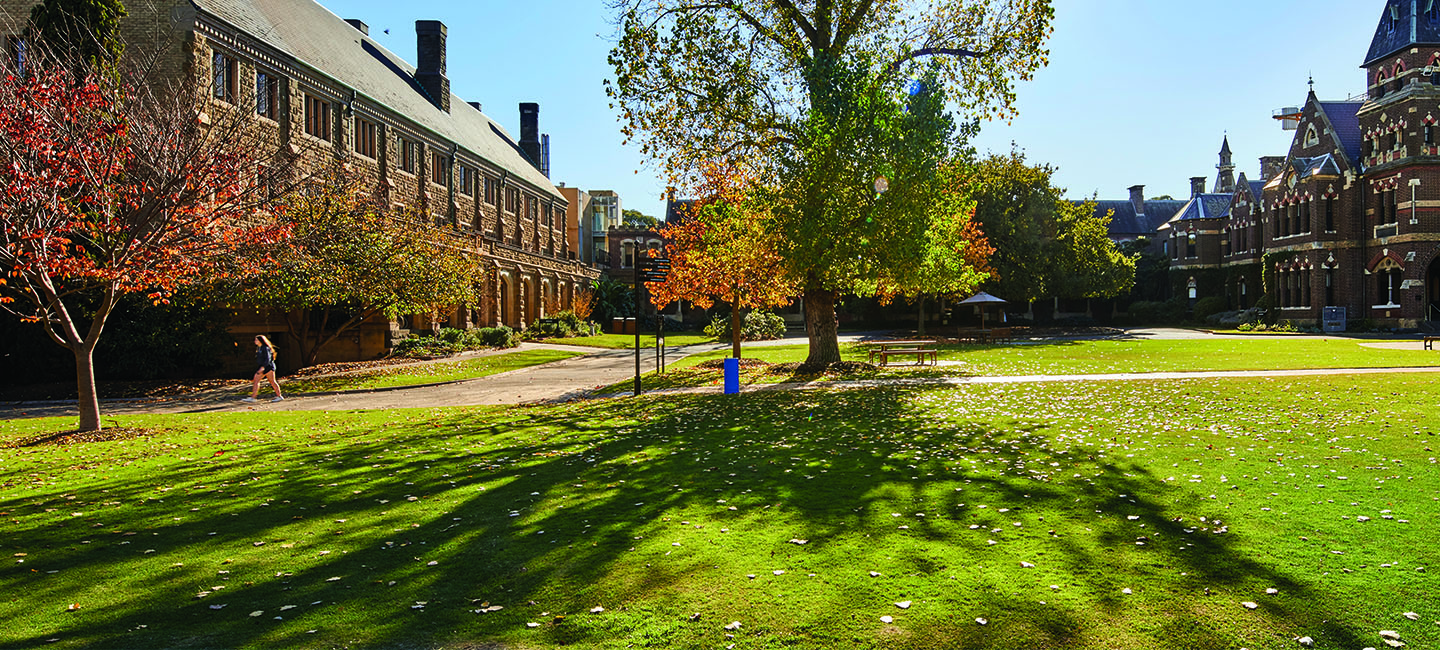

Thus, Holy Week marks the last week of the Christian season of Lent – the week leading up to Easter.
Here’s a rundown of what it all means.

Palm Sunday – entrance into Jerusalem
Holy Week begins with Palm Sunday, when Christians commemorate Jesus’ ‘triumphal entry’ into Jerusalem where the Gospels tell us he was greeted with crowds waving palm branches and crying ‘Hosanna! Blessed is the one who comes in the name of the Lord! Blessed is the coming kingdom of our ancestor David! Hosanna in the highest heaven!’ (Mark 11:9-10).
(Ironically, these same voices that greet Jesus as Messiah and King will be the same voices that shout ‘Crucify him!’ just a few short days later on Good Friday.)
Traditionally, worshipping Christians will receive palm branches or palm crosses on Palm Sunday as a tangible sign of Jesus’ ‘triumphal entry’ into Jerusalem. And in some churches, Palm Sunday is also known as the Sunday of the Passion, when one of the Gospel passion narratives is read aloud during the liturgy.
Holy Wednesday – into the darkness
Holy Week continues in many Christian traditions on ‘Holy Wednesday’ (known as ‘Spy Wednesday’ in earlier times). Holy Wednesday is often marked with a service of Tenebrae (Latin for ‘darkness’ or ‘shadows’), with the hearing of appropriate psalms and other readings while candles on a candelabrum (the ‘Tenebrae hearse’) are gradually extinguished, creating the sense of growing darkness.
This darkness symbolises the abandonment of Jesus by his disciples, and anticipates the anguish and tragedy of Good Friday later on in Holy Week.
What follows then are the ‘Triduum’ of Holy Week – Maundy Thursday, Good Friday, and Holy Saturday.
Maundy Thursday – the Last Supper
Maundy Thursday marks the Last Supper that Jesus shares with his disciples, his betrayal by his disciple Judas Iscariot, and his arrest at the Garden of Gethsemane.
Often Maundy Thursday services will include an act of foot washing, which commemorates Jesus washing the feet of his disciples as an act of service on the night of his arrest (John 13:1-20).
Maundy Thursday reminds participants of the ‘new commandment’ (mandatum in Latin) that Jesus gave his disciples to love one another as he has loved them (John 15:12) – a love that is most readily seen in Jesus willingly giving up his life on the cross on Good Friday.
Good Friday – Jesus’ agony on the cross
Good Friday commemorates Jesus’ trial before Pontius Pilate, his sentence of death, his torture, and his crucifixion and burial. It is called ‘good’ Friday in the obsolete sense of the word ‘good’ – connoting something ‘holy’ or ‘pious’ (‘Holy Friday’), which is striking as ‘Good Friday’ is the most somber day for Christians, when the agony, death and burial of Jesus is remembered.
For many Christians, Good Friday is a day of fasting, with the faithful attending a church service where they will meditate on and venerate the cross of Christ.
Holy Saturday – visiting the tomb of Jesus
The Triduum of Holy Week concludes with Holy Saturday, often with a late-night Easter Vigil service, which is really two parts.
First, a liturgy that recalls the vigil, the ‘keeping watch’ of Jesus’ female disciples at the tomb of Jesus, which begins in darkness where a new paschal or Easter fire is kindled. This, then, is followed by the joyous celebration of the first Eucharist of Easter, which will often include the baptism of new converts and the renewal of baptismal vows by the faithful.
Holy Week moves from the enthusiastic shouts of ‘Hosanna’ to the somberness of Holy Wednesday and Maundy Thursday, to the horrors of the agony and death of Jesus on Good Friday, to the joyous celebration of the first Eucharist of Easter.
It is an emotional week for Christians, but one that anticipates the hope and glory of the resurrection of Christ at Easter, which is at the heart of the Christian Gospel and the centre of Christian faith and worship.
Trinity College Theological School offers a range of degrees, diplomas and certificates for those interested in learning about the Bible and Christian faith.
‘The death of the Lord our God should not be a cause of shame for us; rather, it should be our greatest hope, our greatest glory. In taking upon himself the death that he found in us, he has most faithfully promised to give us life in him, such as we cannot have of ourselves.’
St Augustine of Hippo (354-430 AD)







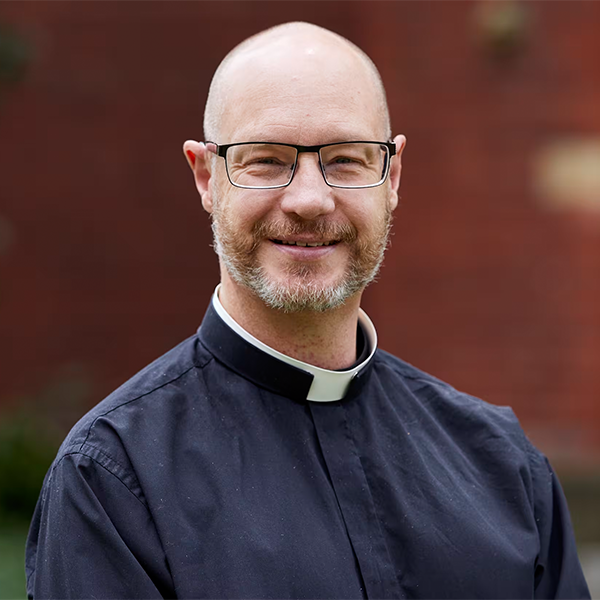
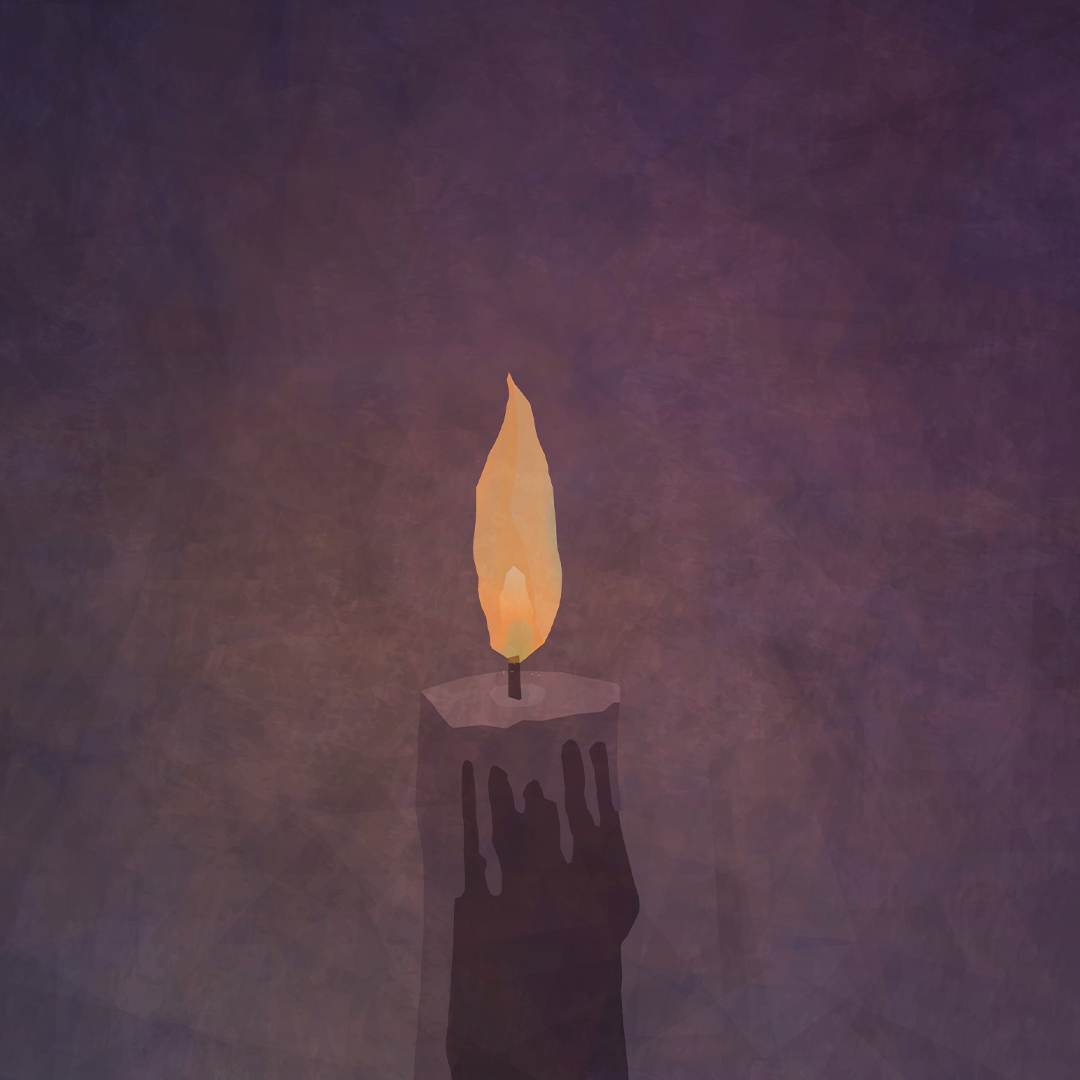

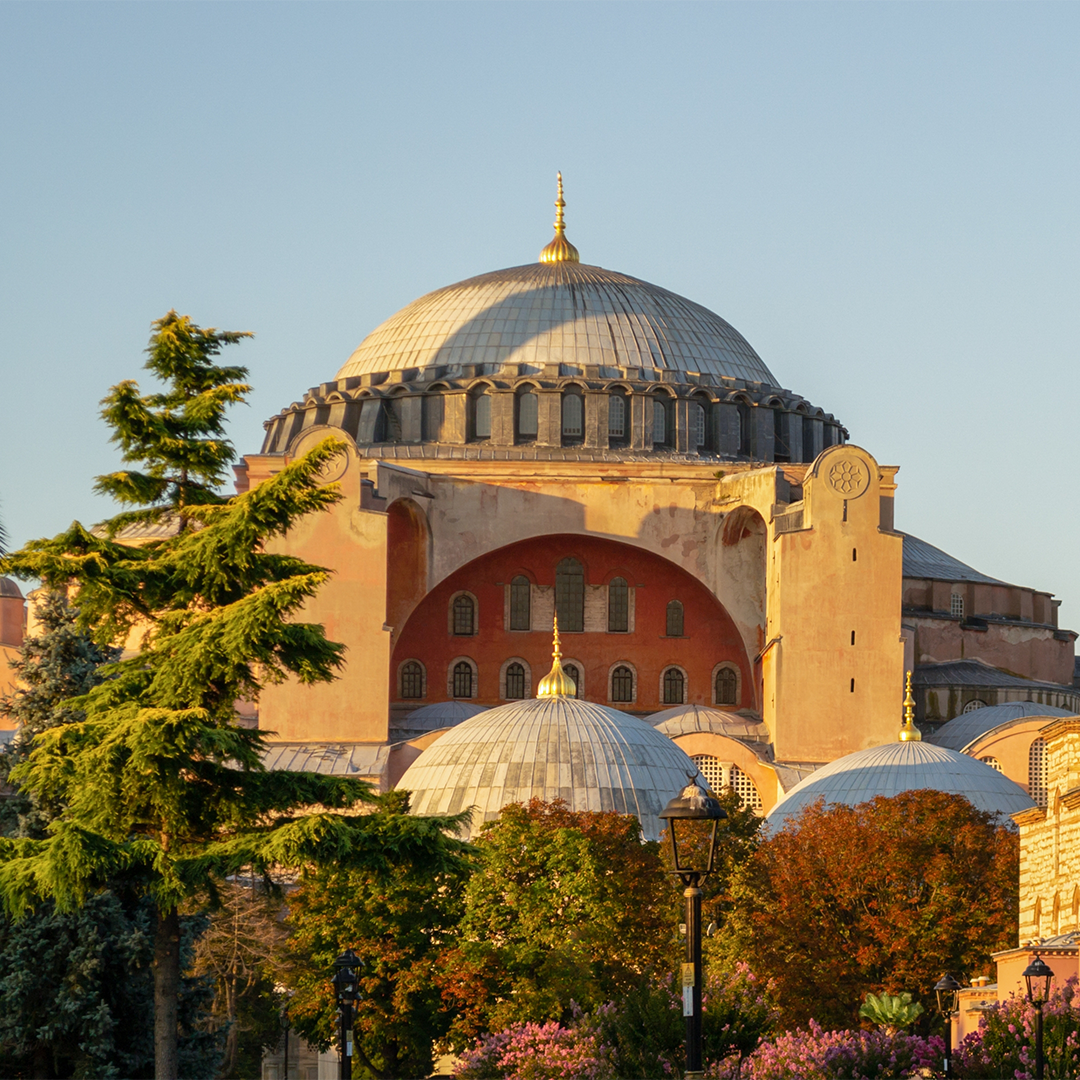
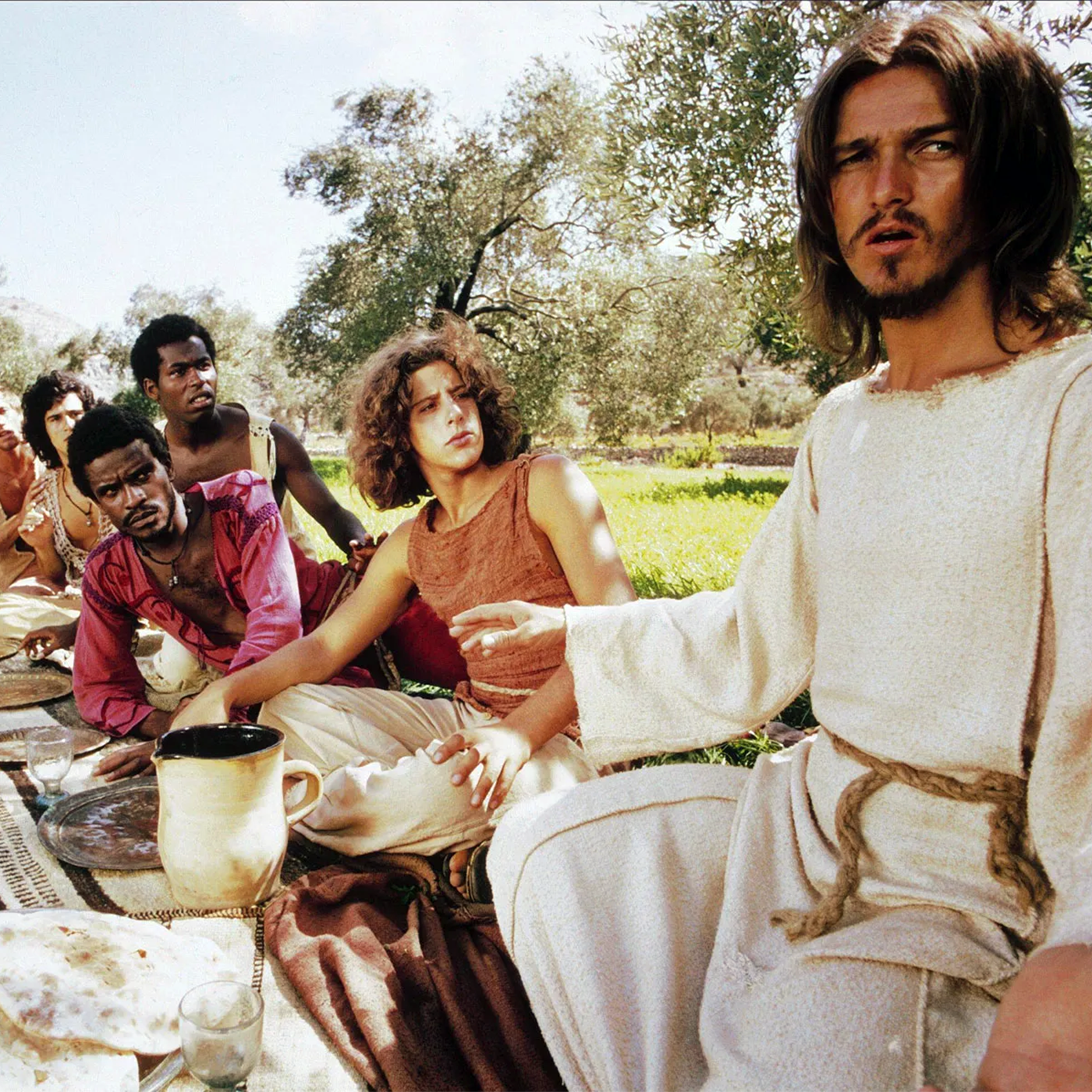




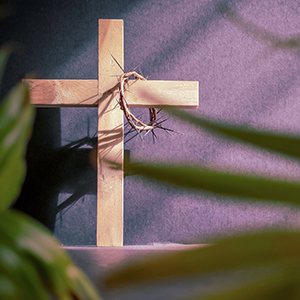
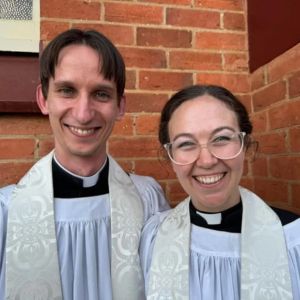.jpg?width=300&height=300&ext=.jpg)



